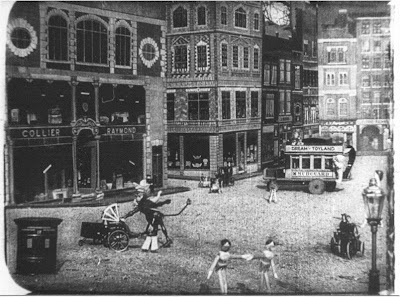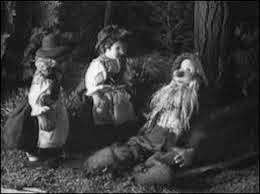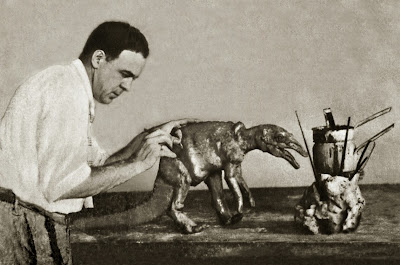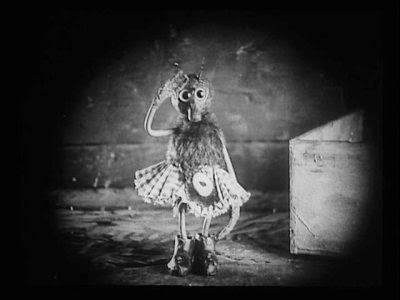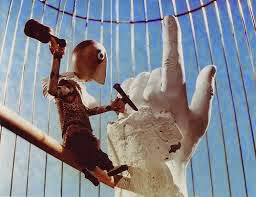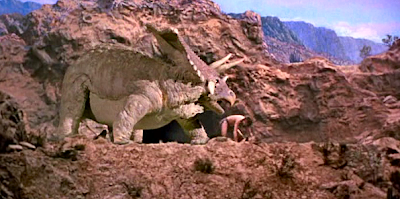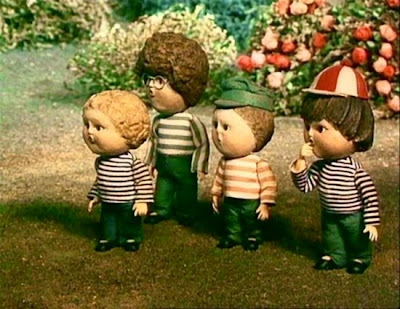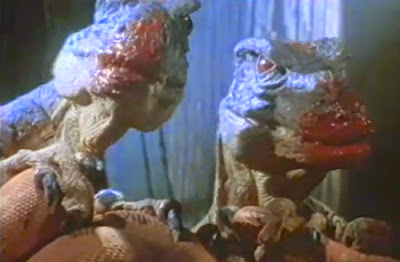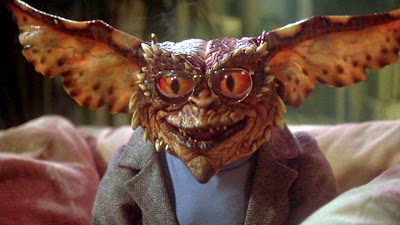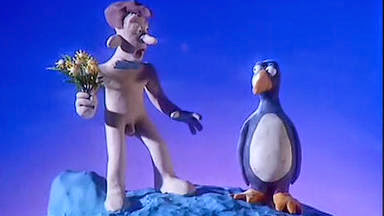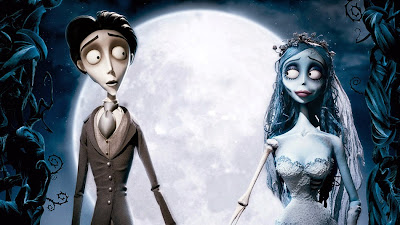1898 - James Stuart Blackton
The Humpty Dumpty Circus
1900 - James Stuart Blackton
The Enchanted Drawing
1902 - George Melies
Voyage to the moon
1906 - James Stuart Blackton
Humorous Phases of Funny Faces
1907 - Edwin Stanton Porter
The 'Teddy' Bears
1908 - Segundo de Chomons
Hotel Electrico
1908 - Arthur Melbourne-Cooper
Dreams of Toyland
1917 - Howard S. Moss
Mary and Gretel
1920 - Herbert Dawley
Along the Moonbeam Trail
1922 - Roop and Willis O'Brien
Tom and Jerry
1925 - Willis O'Brien
The Lost World
1928 - Charley Bowers
There it is
1943 - George Pal
Mr Strauss Takes a Walk
1949 - Willis O'Brien
Mighty Joe Young
1951 - Ray Harryhausen
Hansel and Gretel
1957 - O'Brien and Pete Peterson
The Black Scorpion
1965 - Jiri Trnka
Ruka (The Hand)
1971 - Jim Danforth
When Dinosaurs ruled the Earth
1977 - Pojar
Velryba-Abyrlev (Elahw the Whale)
1982 - Mura
E.T.
1985 - Randall Dutra and Phil Tippet
Dinosaur!
1987 - Allen
Batteries Not Included
1988 - Beswick
Beetlejuice
1989 - David Allen
Robot Jox
1989 - Nick Park
Wallace and Gromit
1990 - Beswick
Gremlins 2: The New Batch
1991 - Allen
Puppet master 2
1991 - Peter Lord
Adam
2000 - Nick Park and Peter Lord
Chicken Run
2005 - Tim Burton
Corpse Bride
2009 - Henry Selick
Coraline
2009 - Adam Elliot
Mary and Max
2012 - Tim Burton
Frankenweenie
2012 - Sam Fell and Chris Butler
Paranorman
2014 - Allen Snow
Boxtrolls
Images are subject to copyright.






